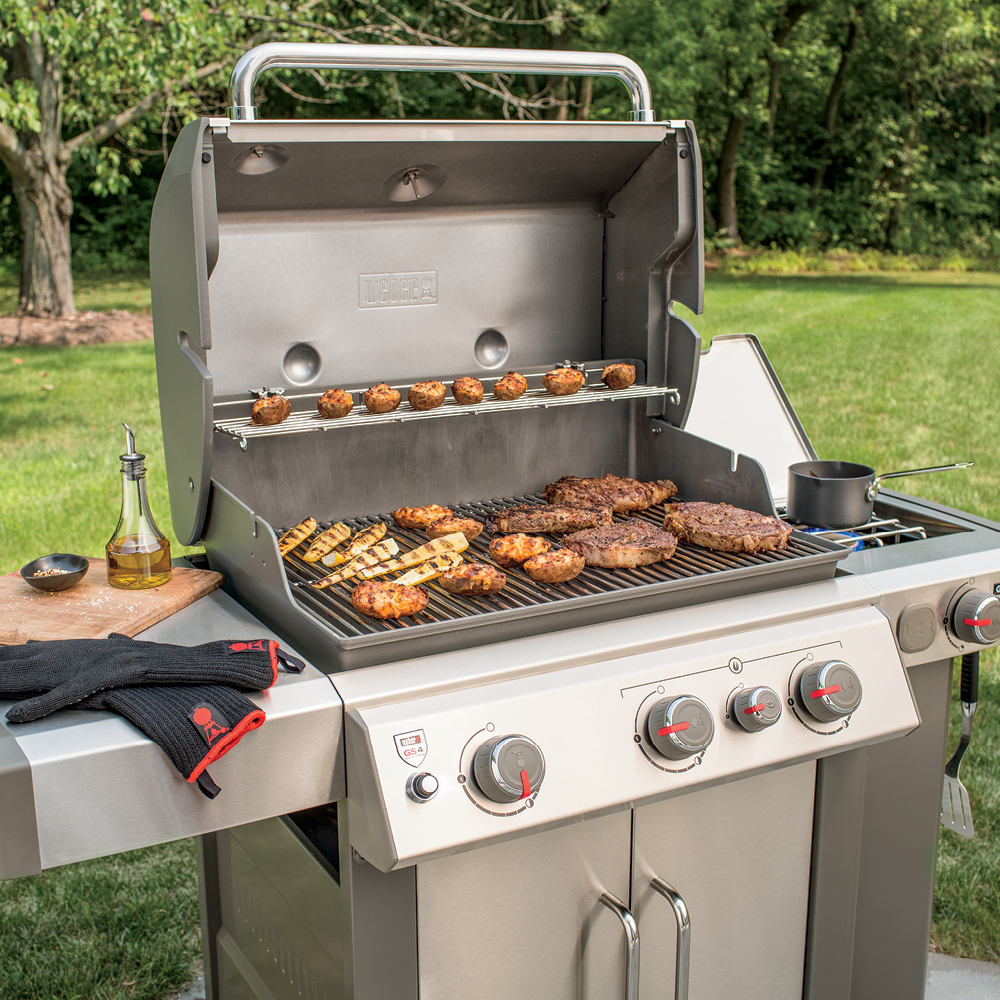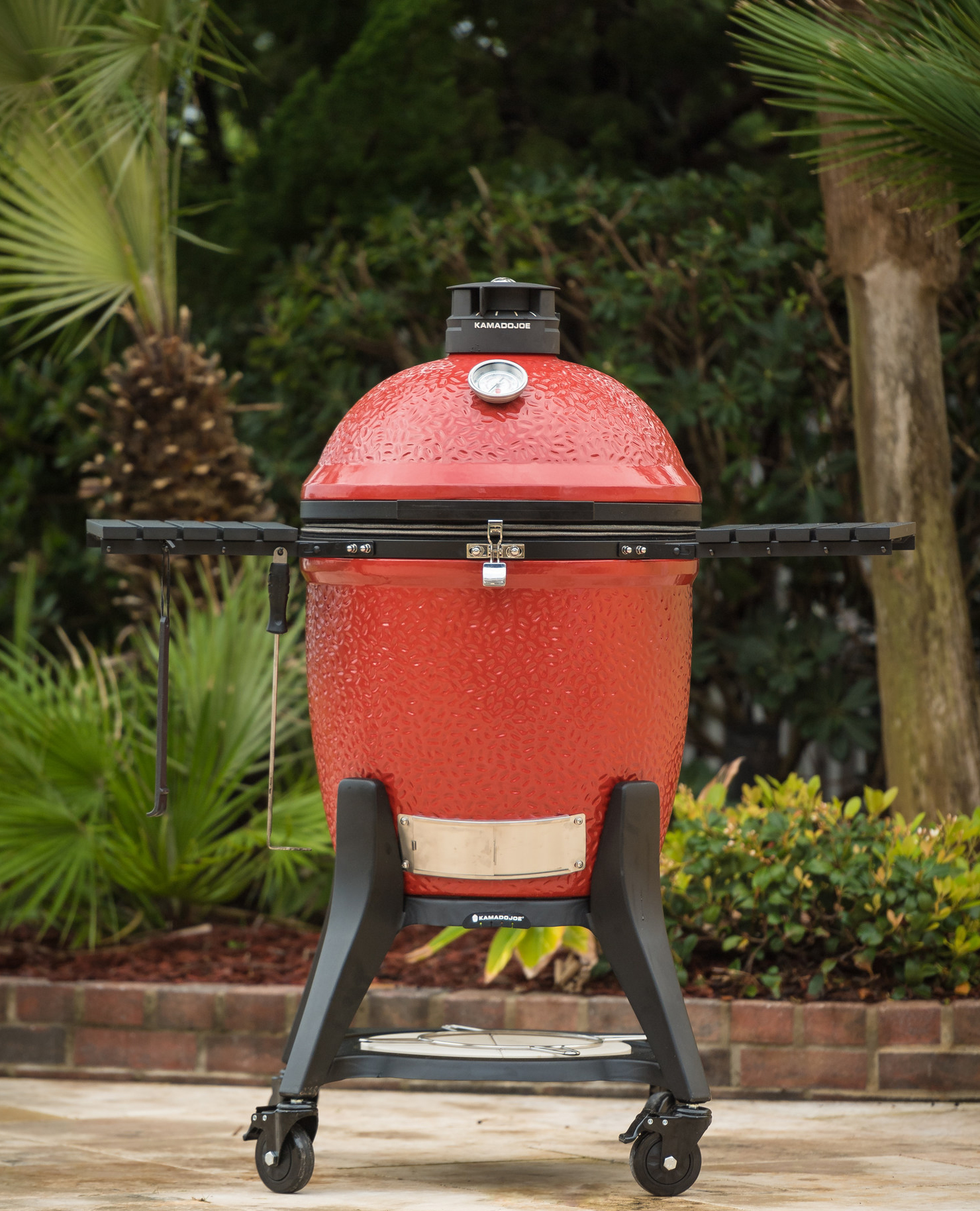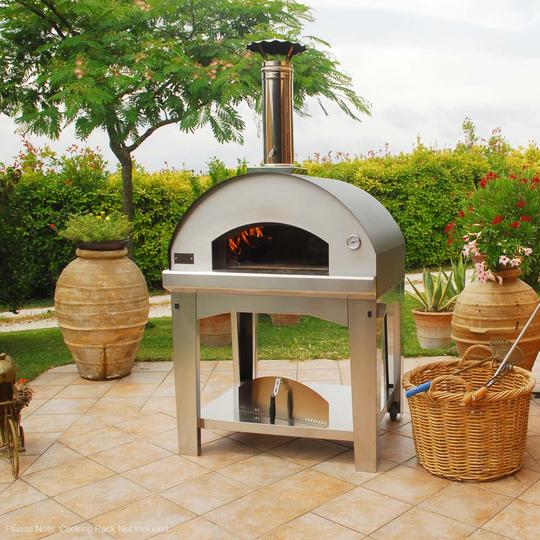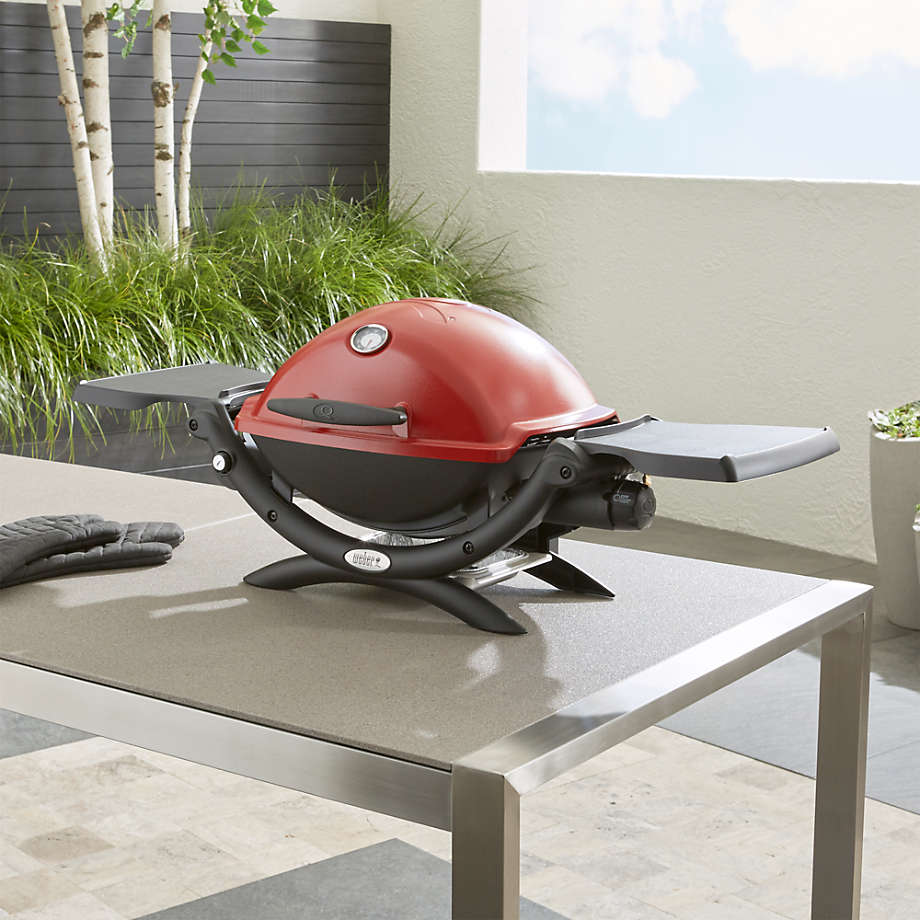How to Reverse Sear Steak on BBQ Grill
Steaks are a well-known cut of meat that’s frequently used as a filling meal for lunch and dinner. Though normally cooked on stoves, steaks are also one of the staple foods of a classy barbecue cookout, allowing pitmasters to serve them up with simple side dishes like fries or something much closer to fine dining. Because you can cook a steak in many different ways, there are often a few methods that many barbecue lovers and pitmasters highly recommend using whenever you do barbecue steaks.
One of the more heard of techniques of grilling a steak is to reverse sear the meat. While that may be a simple thing for some barbecue enthusiasts, people that are new to cooking or barbecuing might not have had the time to learn how to do it or what searing even is. In some cases, a new and aspiring pitmaster might have only just started grilling so knowing exactly how to reverse sear steak can be a big jump.
To help out everyone new to the wide range of techniques when it comes to barbecuing or those that wanted to master the basics first, we’ve gathered all our knowledge of searing and reverse searing to show just how to reverse sear steak on a BBQ. If you want to get a new grill or some sauces and rubs to try out the next time you grill a steak, you can visit dicksonbbq.com to check out our catalogue.
What is searing?
If you’ve just entered the world of barbequing and cooking, there’s a high chance that you haven't fully gotten the chance to do or experience a proper searing done to food yet. Essentially, searing is a cooking technique used on appliances with high heat temperatures to quickly cook the outside layer of the food. To ensure the chef or pitmaster’s safety, the process of searing is done with a small amount of oil or butter to prevent any sticking. Then, once the food’s been browned on the outside, it’s then cooked through to ensure food safety.
When a well-marinated cut of meat – or even some kinds of seafood and vegetables – is seared, the flavour of the marinade or rub that’s been used to season it can be emphasised even further. In some cases, people have said that searing adds another level of flavour and texture. More often than not, this technique leaves the insides soft and tender but still juicy and entirely delicious.
What is reverse searing?
Once you get what searing is, reverse searing becomes far easier to understand and do. How to reverse sear a steak is the same as ordinary searing but in reverse. Instead of browning the steak first and then cooking it through, the opposite is what happens. First, the steak is cooked through, typically to the level of doneness that you want. When, after removing it for a moment, the heat is increased to high levels before the steak is put back on to quickly sear before serving.
The result is a perfectly cooked steak with a crispy crust that you don’t need to use a rub to get. Reverse searing often uses a slower cooking speed than other methods which essentially makes it similar to cooking it via stovetop but with the smokiness of your grill. The end result is often a deliciously slow-cooked cut of beef with a crust.
How to reverse sear a steak on a grill
Depending on the type of grill you have, how to reverse sear steak can change. Both of the more common kinds of grills have their advantages and disadvantages, especially when it comes to cooking and how easy it is to do so. Depending on the size of your grill, you might find it easier to reverse sear a steak on a charcoal grill than on a gas. However, a gas grill’s temperature can easily be adjusted to sear without the need to move the steak off first.
Gas grills
When using a gas grill to reverse sear a steak, you need to start by preheating the grill. The ideal temperature should be roughly 275 degrees Fahrenheit to 300 degrees. Once the grill’s reached that temperature range, take the steak out of the fridge and place them on the sides of the grill, away from the burners. If your grill has multiple sets of burners, only use one or two of them.
For the perfect sear, grill the steak to just a few degrees below the ideal temperature for your doneness – you’ll want to aim close to 120 Fahrenheit as a buffer – then take it off the grill. If your grill can heat up faster, you can leave it on the grate while you increase the temperature to high. Place the steak back on and sear it for about two minutes on each side. Check what the internal temperature is and if it’s reached the temperature for your doneness, take the steak off. Otherwise, let it sear for a bit longer.
Charcoal grills
Reverse searing on a charcoal grill is much the same as doing the technique on a gas grill. However, since many charcoal grills don’t use burners, you’ll need to move the charcoal to create an area of the lower heat. This can be done far easier on larger charcoal grills, but if you have a chimney or a divider, you can easily stack and light the coals to grill food.
You might also need a longer amount of time to wait before the steak can be seared as well since charcoal often requires a proper flow of oxygen to burn and increase the grill’s temperature. In addition to that, you’ll likely need to add more charcoal since the session itself may use more fuel.
Takeaway
How to reverse sear steak is a fairly simple process, regardless of the type of grill you own. Since the first step is to cook the meat through, the only thing you need to worry about is moving the steak away from the burner to grill slowly. The size of the grill itself can make slow grilling quite easy since larger grills can provide more room. From there, all that’s needed is to cook the steak and then sear it.







